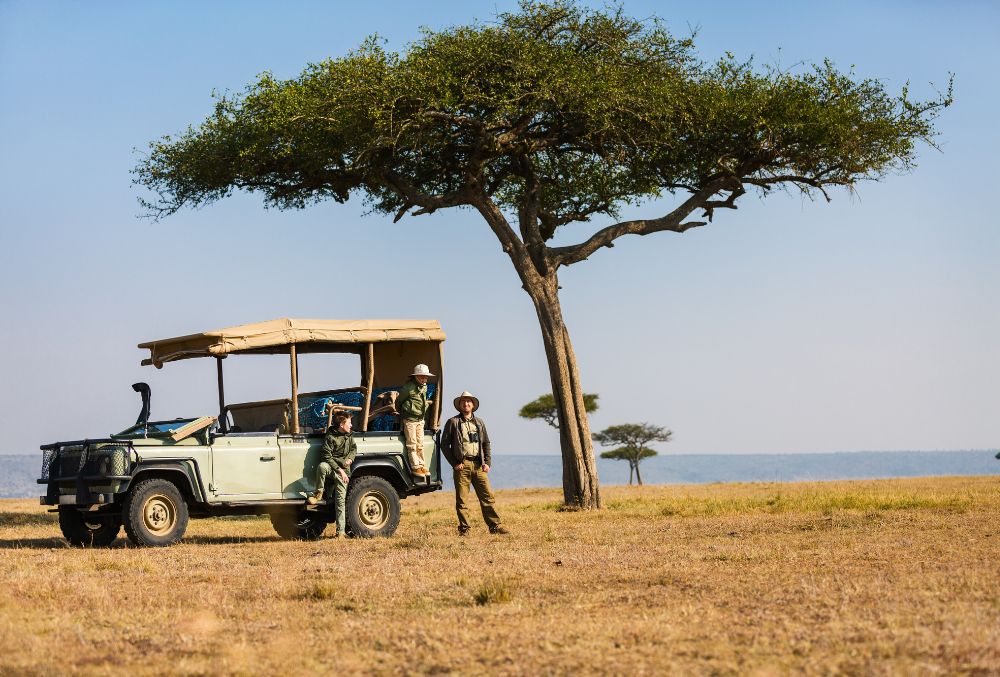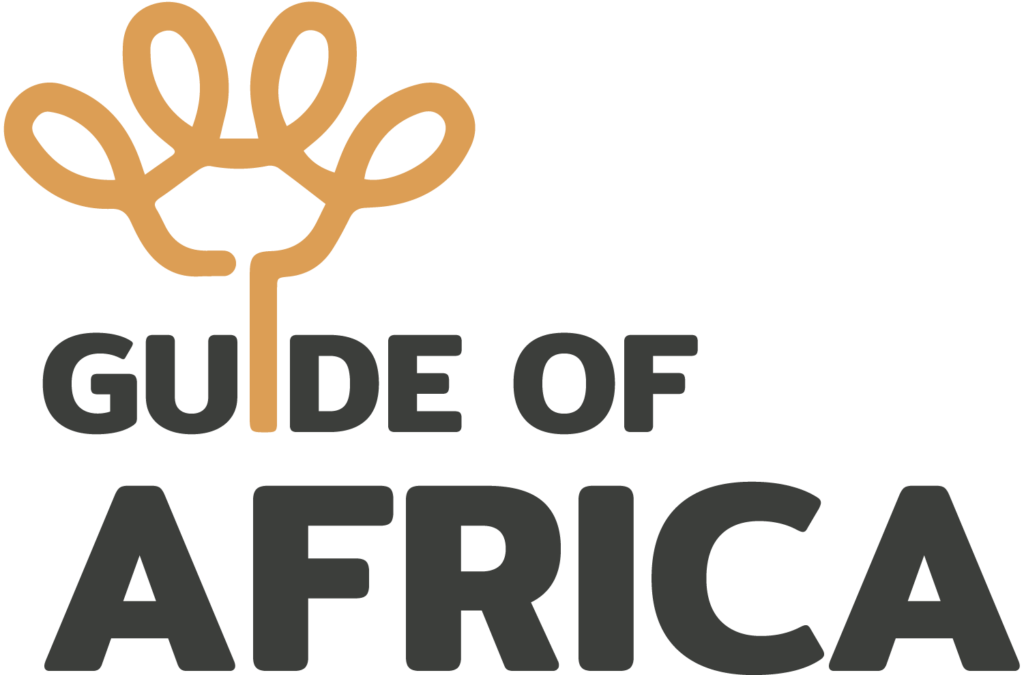Africa’s Tribes: Resilience and Cultural Richness
Africa boasts a remarkable array of tribes known for their resilience and strong cultural identities. Despite the challenges of colonization and the drawing of new national boundaries that often cut across tribal regions in the 19th century, these communities have preserved their unique traditions and practices. These traditions, passed down through generations for centuries, or even millennia, contribute significantly to the cultural landscape of the continent. For those who seek to immerse themselves in diverse cultures, visiting Africa’s tribal communities offers some of the most enriching and engaging travel experiences available.
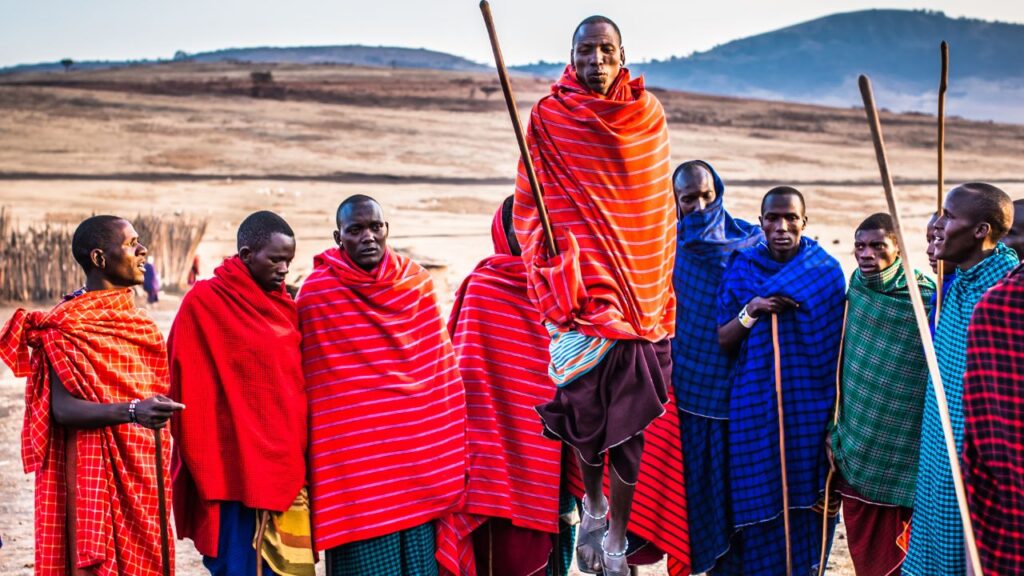
The Mesmerizing Tribes of Ethiopia’s Omo Valley
In the southwestern corner of Ethiopia lies the Omo Valley, a region distinguished by its cultural diversity, including eight primary tribes and numerous sub-tribes living in varying degrees of harmony. This area, characterized by its dry savannah and the Omo River which stretches over 700 kilometers to Lake Turkana at the Kenyan border, is the homeland of tribes such as the Mursi, known for their lip plates; the Kara and Surma, renowned for their body painting; and the Hamar, identifiable by their bangles and leather attire. Many of these tribal communities maintain lifestyles largely untouched by modern civilization, with little to no knowledge of the world beyond their immediate surroundings. Each tribe boasts its own language, customs, and traditions, making the region a tapestry of cultural expression. They are easily recognized by their vibrant body and face paint, intricate headgear, red-ochre treated hair, exquisite beaded jewelry, and, in certain tribes, the unique use of lip plates.
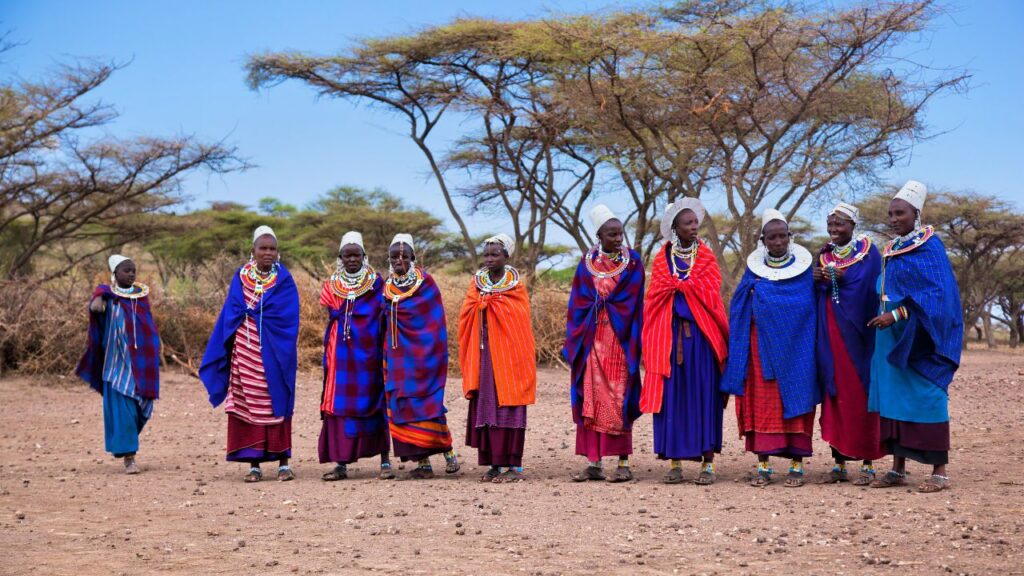
The Nomadic Himba of Northwest Namibia
The Himba, a semi-nomadic tribe known for their hunter-gatherer lifestyle, traverse the arid expanse of Namibia’s Kunene region, moving from one watering hole to another while tending to their cattle and goats. Descended from the Herero people of Angola, the Himba’s existence is deeply intertwined with the Okuruwo, a sacred fire that represents their ancestral connections. This eternal flame, situated at each village’s core, is meticulously maintained by designated fire-keepers, symbolizing the tribe’s spiritual lineage. The Himba are also distinguished by their striking red-ochre body paint and elaborate hairstyles, which signify social and age-related status, creating a mesmerizing visual against the stark Namibian landscape.
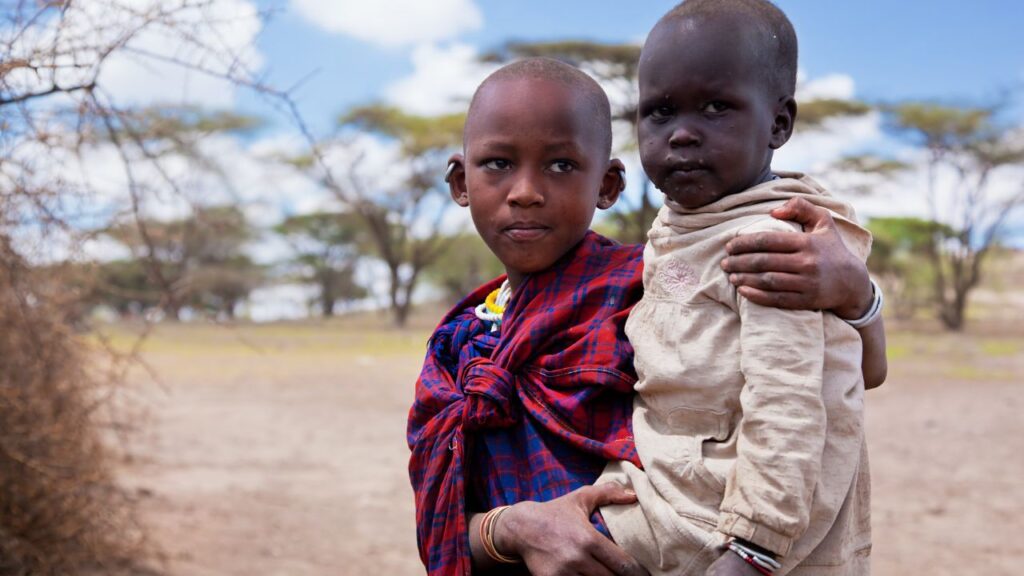
The Fascinating San People of Southern Africa
The San, southern Africa’s indigenous people, inhabit the harsh deserts of Namibia, Botswana, and South Africa. Their unique culture, highlighted in ‘The Gods Must Be Crazy’ films, includes a distinctive click-language and a profound bond with their environment. Historically hunters and gatherers, modern challenges have confined the San to the Kalahari Desert and the grasslands near the Makgadikgadi salt pans. Renowned for their ancient rock art, believed to depict the trance dance ritual, the San practice a ceremonial dance that fosters a communal spirit and facilitates a journey into the spirit world through trance states.
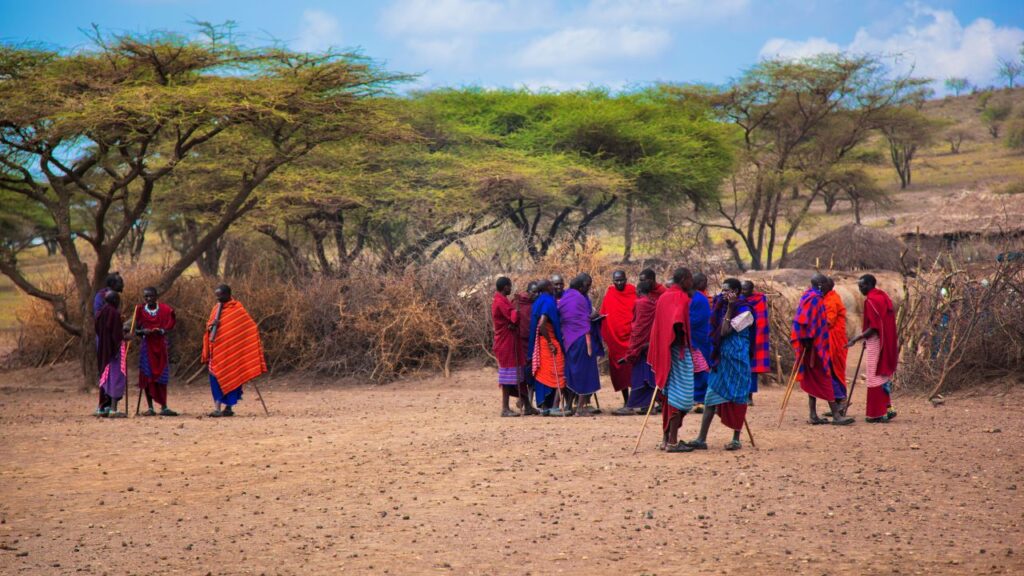
The Brave Maasai Warrior Tribe of Kenya and Tanzania
The Maasai, emblematic of East Africa with their red attire, are a warrior and pastoralist people who have navigated the plains of East Africa for centuries. Legend has it that their ancestor, Maasinta, was bestowed cattle by Ngai, the Sky God, marking the beginning of their deep reverence for these animals. To the Maasai, cattle are sacred symbols of prosperity. Their distinctive red ‘shuka’ garments signify protection and honor, with cattle blood serving as a source of sustenance. The “adamu,” a jumping dance ritual, marks the transition of Maasai boys into manhood, showcasing their prowess and strength in a competitive display of agility.
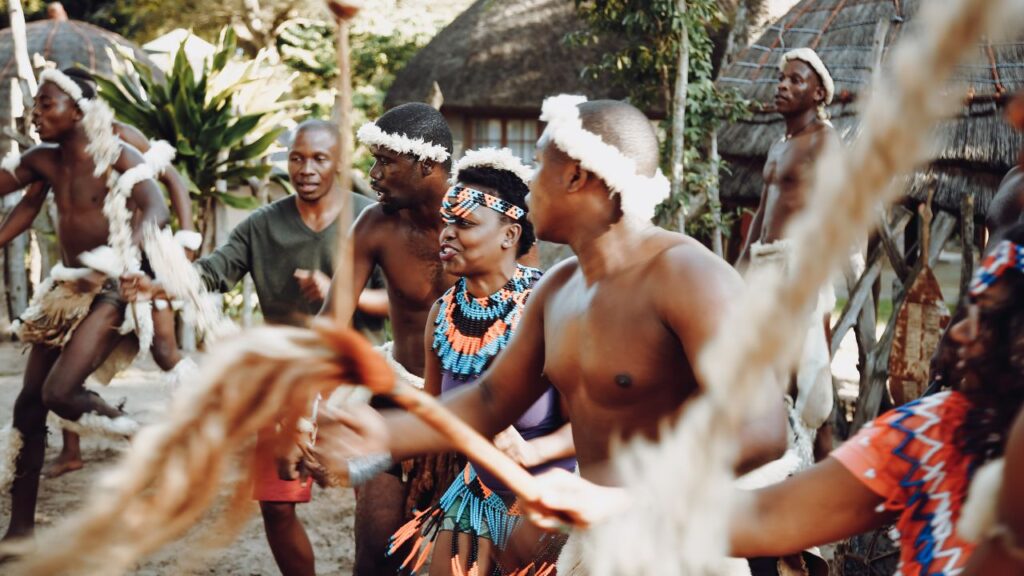
The Vibrant Samburu Pastoralists of Northern Kenya
The Samburu tribe, residing in the heartland of north-central Kenya, are distinguished pastoralists living on the expansive plains of the Samburu region. They are engaged in rearing cattle, alongside other livestock such as goats, sheep, and camels. The arid conditions of their homeland necessitate a nomadic lifestyle, continuously moving in search of grazing lands for their herds. Sharing close ties with the Maasai, the Samburu speak a dialect of the Maa language. Their diet predominantly consists of milk and blood from their livestock, with meat being consumed on special occasions only. The tribe is noted for its brightly colored attire; men often wear pink or black wraps similar to the Scottish kilt and embellish themselves with various ornaments. Women, on the other hand, shave their heads and dress in two vividly colored cloths, adorning their waists and chests.
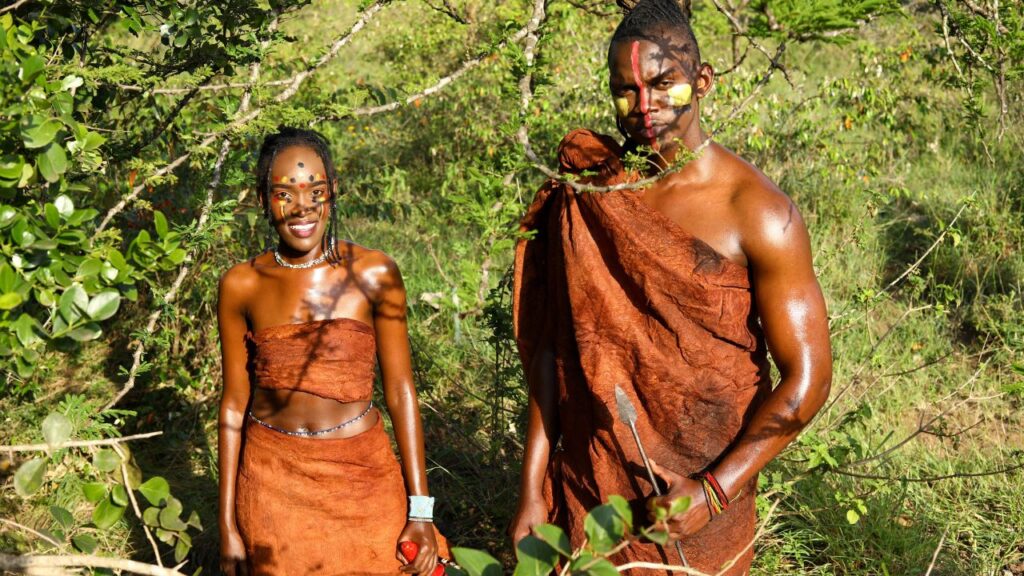
The Toubou: Nomads of the Desert
The Toubou people lead a nomadic existence, traversing the vast expanses of the Sahara Desert in northern Chad, venturing through parts of southern Libya, Niger, and Sudan in search of oasis sanctuaries. This clan-based society is characterized by its communal living in extended family camps. Toubou men are typically seen in loose-fitting trousers and long-sleeved robes, predominantly white, topped with turbans or small Muslim caps for headwear. Women wear traditional long dresses and are expected to cover their arms, legs, and heads in observance of modesty, often using veils for protection against the elements.
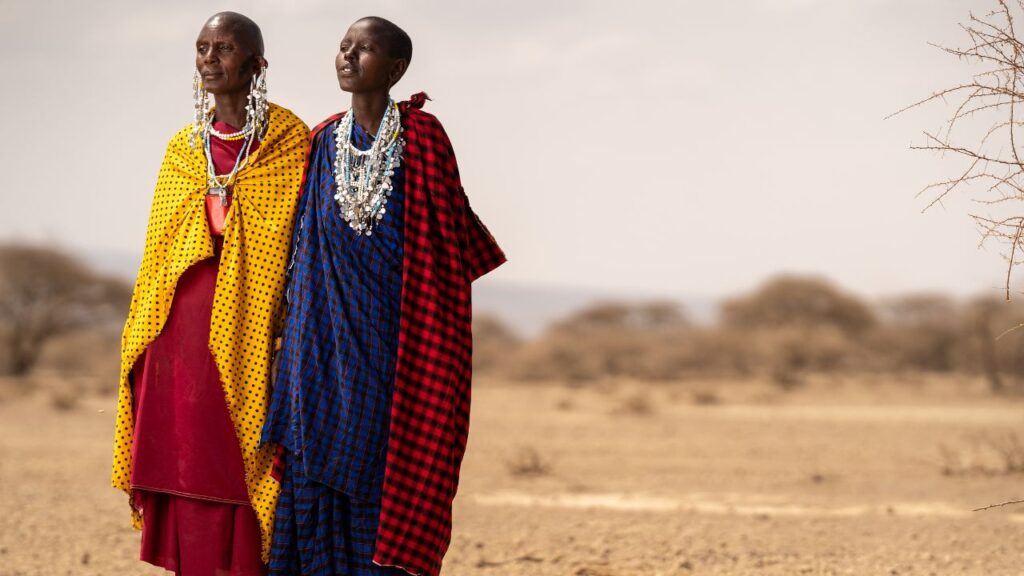
The Indigenous Pygmy Tribes of the Congo Basin
Among the most deeply connected peoples to their environment on the planet are the inhabitants of the Congo Basin. Known as ‘forest people,’ these indigenous tribes, including the Mbuti, Mbenga, Twa, and Batwa, are Africa’s archetypal hunters and gatherers, with a history stretching back over 50,000 years in the dense rainforests. Often referred to as “pygmies,” these communities are distinguished by their notably short stature, typically not exceeding 1.5 meters, an adaptation believed to facilitate easier movement through the forest. Living in nomadic groups of 15 to 70 individuals, they migrate through the forest multiple times each year, their belongings on their backs, in a lifestyle that minimally impacts the rainforest ecosystem. The Republic of the Congo, Central African Republic, Gabon, and Cameroon are regions where their presence is most notable.
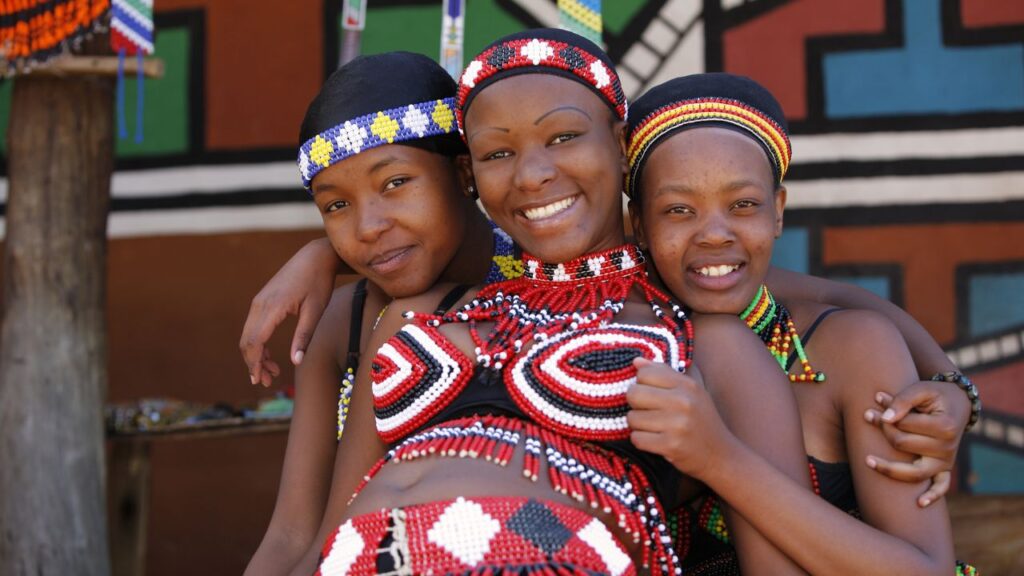
The Esteemed Zulu Nation of South Africa
The Zulu represent South Africa’s largest ethnic group, with origins tracing back to East Africa. Rising to prominence in the early 19th century under the leadership of Shaka Zulu, they are celebrated for their warrior prowess and artisanal skills, including pottery, weaving, and notably, beadwork. Zulu beadwork, characterized by vibrant colors and complex patterns, serves not only a decorative purpose but also carries significant symbolic meanings. Predominantly Christian, the Zulu people maintain their ancestral spiritual practices, worshipping Unkulunkulu, the creator of all life, and honoring ancestral spirits believed to influence daily events. Ritual sacrifices are commonly made to appease these spirits, seeking their favor in everyday matters as well as during pivotal life events like births and marriages.
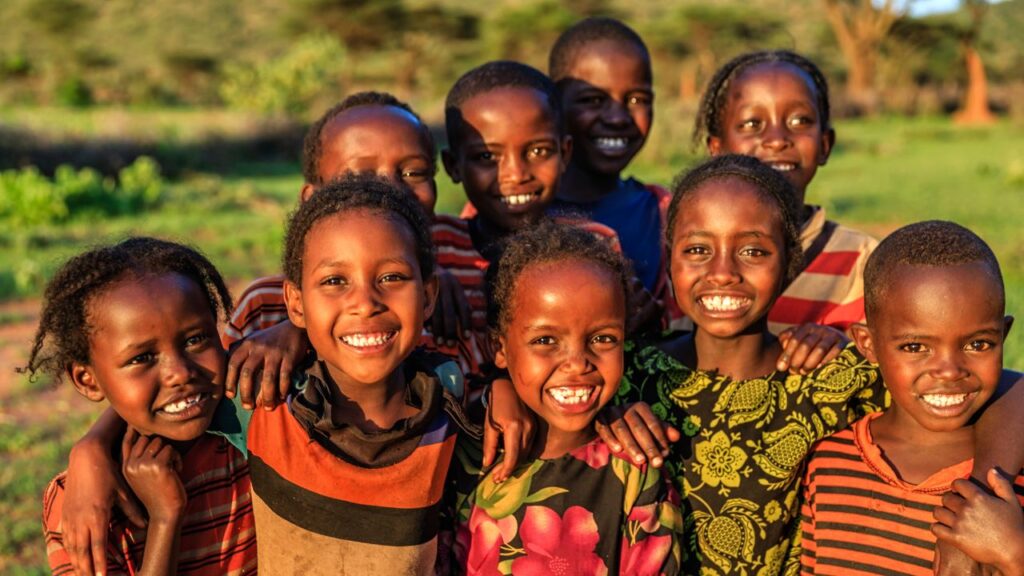
Ready for your trip?
Let us help you plan everything.
We believe in the uniqueness of every traveler’s journey. Our sample itineraries and cost estimates serve merely as inspiration. Dive deeper into personalized travel planning by connecting with our expert consultants, who are ready to craft your customized itinerary, tailored to your budget and passions.
